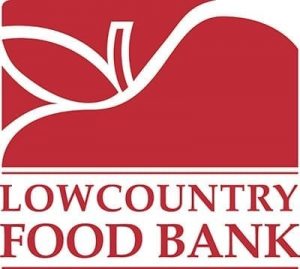Lowcountry Food Bank releases new study: The State of Senior Hunger
July 1, 20199.3% of seniors face food insecurity in South Carolina
The Lowcountry Food Bank (LCFB) announced the release of The State of Senior Hunger in America in 2017, a study about food insecurity among seniors in the United States published by Feeding America®. The report sheds light on the extent to which food insecurity, or lack of access to nutritious food, affects seniors age 60 and older in the United States, offering deeper insights into the experience of food insecurity among the aging population. The report shows that 5.5 million seniors, age 60 or older, were food insecure in 2017, the most recent year for which data is available. In South Carolina, the food insecurity rate for seniors, 9.3%, is higher than the national average of 7.7%. Among people age 50-59 in South Carolina, 10.5% are food insecure.
“Our senior neighbors should not have to choose between buying food and paying a medical bill,” said Pat Walker, LCFB President and CEO. “We continue to implement programs for seniors that ensure they have the nutritious food they need, and we are expanding produce distributions this year to help fight hunger among seniors in the Lowcountry.”
In examining the extent of the threat of hunger nationally among seniors in 2017, the report also provides the rates of senior hunger in each of the 50 states and the District of Columbia.
Key findings include:
- Food-insecure seniors live in communities across the country, including all 50 states and Washington, D.C. In 2017, senior food insecurity rates at the state level range from 2.8% in Minnesota to 12.3% in Louisiana.
- In 2017, seniors who live in the southern Unites States are more likely to be food insecure.
About the Lowcountry Food Bank: Feed. Advocate. Empower.
The Lowcountry Food Bank serves the 10 coastal counties of South Carolina and distributed more than 30.5 million pounds of food in 2018. The Lowcountry Food Bank helps fight hunger by distributing food to nearly 300 partner agencies including soup kitchens, homeless shelters and emergency food pantries. The Lowcountry Food Bank advocates on behalf of those who experience hunger and helps empower people to make healthy and nutritious food choices. For more information go to the Lowcountry Food Bank website and connect with us on Facebook, Twitter, Instagram and LinkedIn.


















